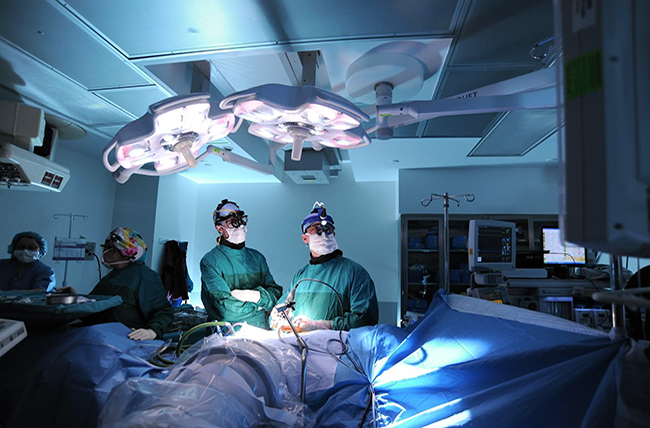Meet Our Doctor
Dr. Paresh Bang
M.B.B.S, D.orth, DNB Fellow in Spine Surgery
Consultant Spine Surgeon
Dr. Paresh Bang is a young and dynamic Spine surgeon who is rendering his services in Nagpur. He has an experience of more than 7 years in the treatment of Spine problems.

Surgery for spine tumors In Nagpur

Surgery for spine tumors
Not all spinal tumors require immediate surgical treatment. Sometimes the tumor is observed over time for a change. This is a common approach in small benign (non-cancerous) tumors. Larger benign tumors, certain types of spine cancer (malignant), and progressive tumors may require surgical intervention.
A spinal tumor is an abnormal mass of tissue within or surrounding the spinal cord and/or spinal column. These cells grow and multiply uncontrollably, seemingly unchecked by the mechanisms that control normal cells. Spinal tumors can be benign (non-cancerous) or malignant (cancerous). Primary tumors originate in the spine or spinal cord, and metastatic or secondary tumors result from cancer spreading from another site to the spine.
Symptoms
Given their location, tumors in or alongside the spinal cord typically cause symptoms in the arms and/or legs including gradually worsening muscle weakness which may lead to paralysis, sensory loss or abnormal sensations, bowel or bladder problems including urinary retention, incontinence and constipation, as well as back pain.
The general location of a spinal cord tumor can often be determined based on the specific pattern of weakness and sensory loss. Cervical spinal cord tumors can lead to weakness and sensory changes of both arms and legs whereas thoracic or lumbar spinal tumors do not affect arm function.
Diagnosis
Spinal cord tumors are best diagnosed by imaging studies, typically magnetic resonance imaging (MRI) of the cervical, thoracic or lumbar spinal regions with and without gadolinium; occasionally a CT myelogram is indicated.
Treatment
The optimal treatment for a spinal cord tumor is in-part related to the type and location. However, the great majority are treated with surgical removal usually through a laminectomy and microsurgical resection. The goal of surgery is maximal but safe removal with avoidance of worsening neurological function. Tumors within the spinal cord (intramedullary) including astrocytomas, ependymomas and hemangioblastomas of the cervical, thoracic and lumbar regions, are removed as completely as possible.
